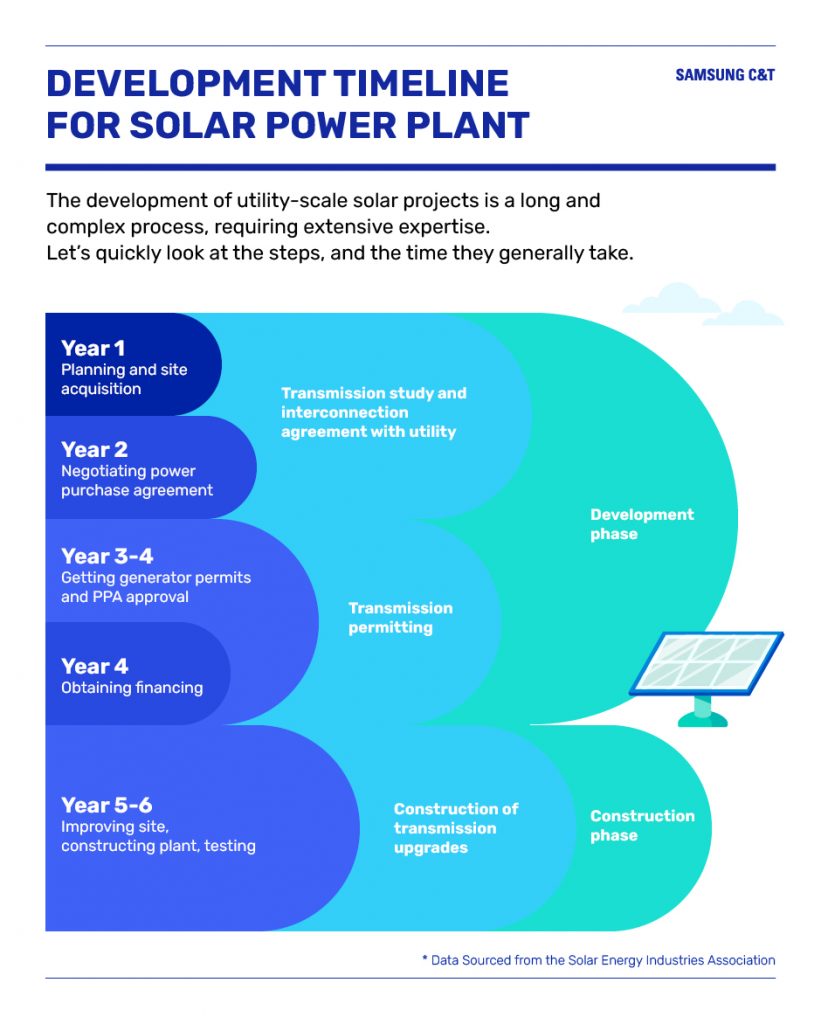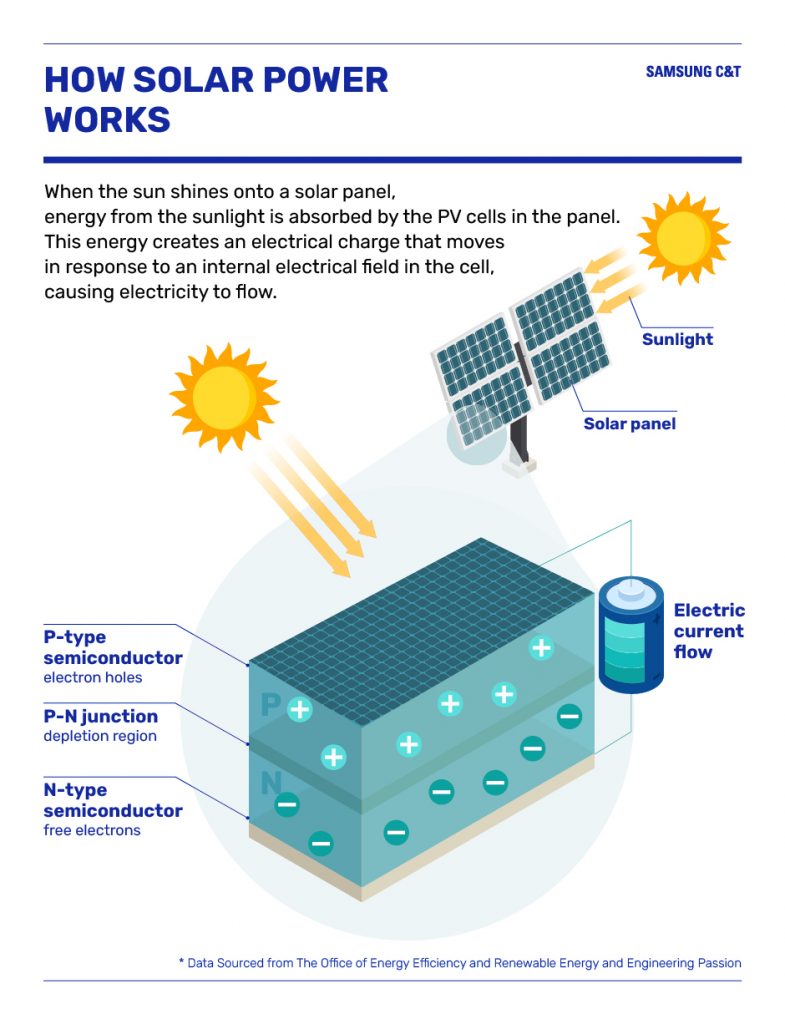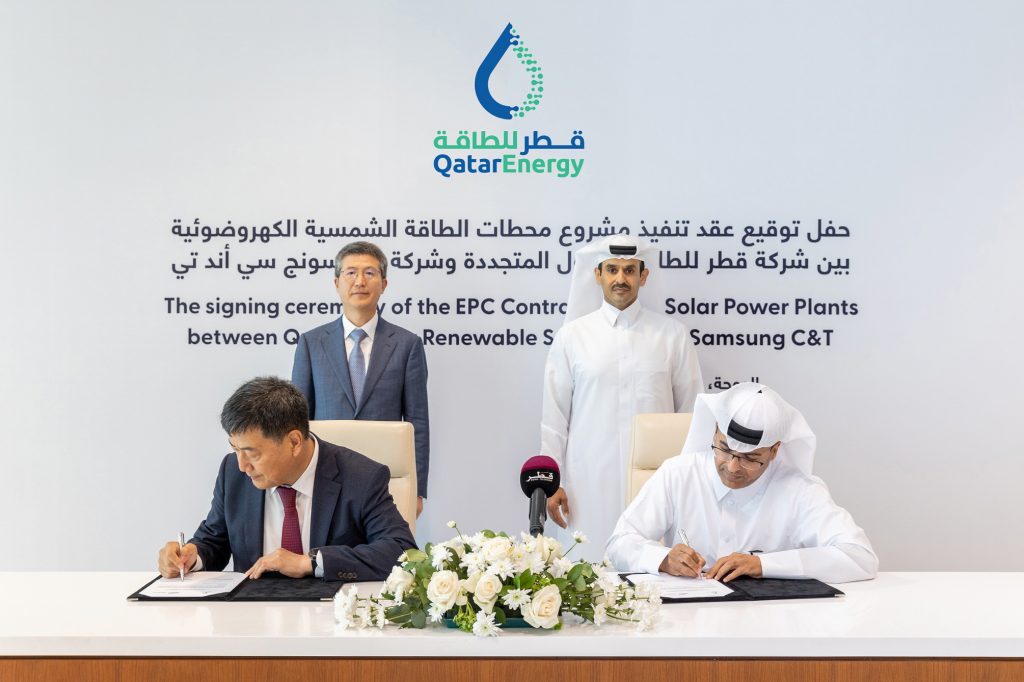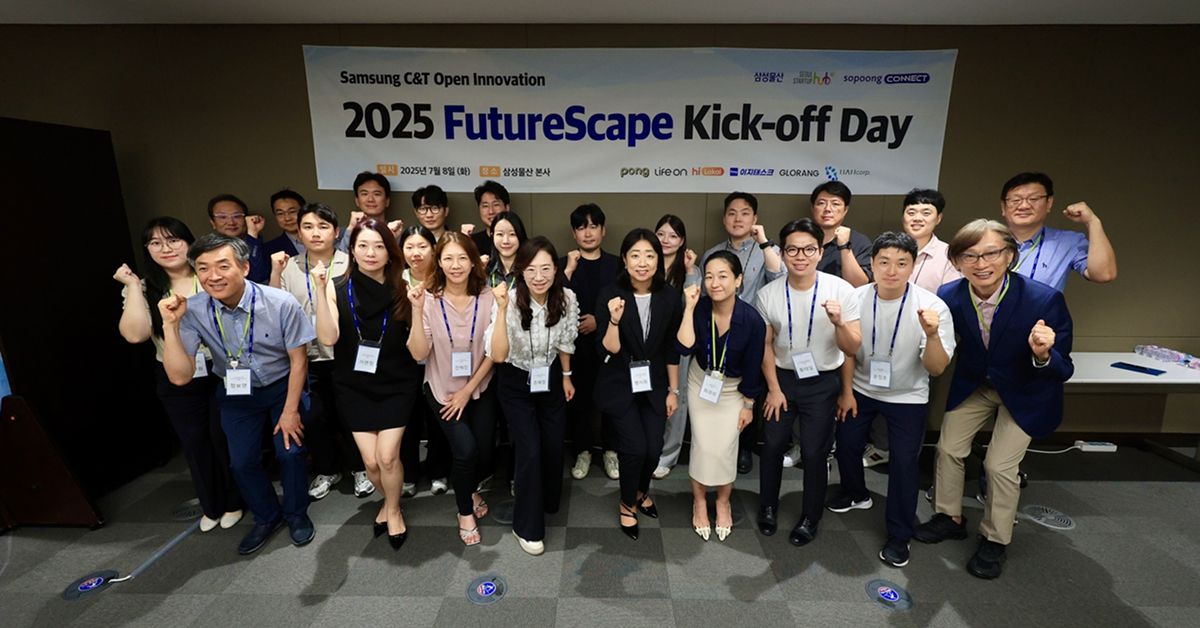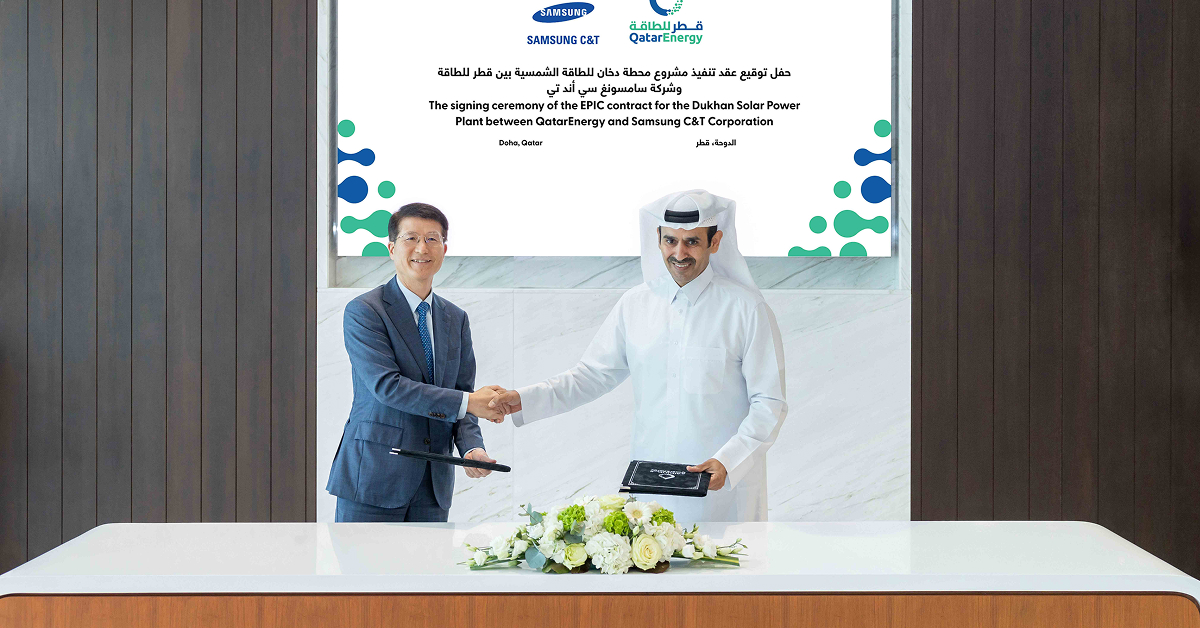With the climate crisis and the growing importance of energy security, investment in green power infrastructure is increasing. Solar energy is one of the most important renewable energy resources.
In 2021, solar energy, together with wind, accounted for 10.3% of worldwide electrical generation. In 2021, 168 Gigawatts (GW) of new photovoltaic capacity was installed, bringing total global solar energy capacity to above 1 Terawatt (TW), double its 2018 level. This figure is expected to more than double again by 2025 to 2.3 TW.
This article looks at building a solar power plant, how sunlight is turned into electricity, and the solar power business of Samsung C&T Engineering & Construction Group.
Building a solar power plant and how solar power works
The construction of a solar power plant is a task that requires the investment of time and expertise from different teams working together.
First, a piece of land must be purchased, large enough to accommodate the number of solar panels needed. The land must be surveyed to determine how many panels can be installed and what capacity of electrical output can be generated, as well as the environmental impact. Initial permits must be obtained to begin developing the site. A power purchase agreement (PPA) will be negotiated with a company that will buy the plant’s electrical output. After that it is time to apply for generator permits, get the PPA approved, and secure project financing.
Then it is time to construct. Thousands of solar panels are mounted on large metal racks attached to vertical posts driven into the ground. Panels are connected by wires to a power inverter, which changes the direct current (DC) output into the alternating current (AC) needed in a power grid. When constructing a 200MW solar farm, between 50 and 100 inverters may be needed. A substation is built to raise the voltage so that the electricity can be transmitted long distance through power lines.
After construction, there is checking and testing to verify the quality, safety and reliability. Only then is the solar farm ready to be operated and linked to the grid.
Now let’s look at how sunlight becomes electricity.
Sunlight strikes a PV panel, which is made up of many PV cells containing semiconductors. Within a semiconductor there are 2 layers: negative (N) and positive (P). Between the layers lies a P-N junction. When sunlight hits a solar cell, the sunlight is absorbed into the solar cell, and holes and electrons are generated because of the energy of the sunlight. The electron is attracted to the N side of the P-N junction, while the hole is drawn to the P side. A potential difference is created and electrical current flows, creating electricity.
Although each single PV cell only generates a small amount of electricity, many cells together can make enough to power a city. That is why solar farms take up a lot of space.
New mega solar power plant in Qatar
Samsung C&T Engineering and Construction Group will build a mega solar project in Qatar, equivalent to 1,400 soccer fields. QatarEnergy is the client for this project, which will generate a total of 875 MW.
The project has 417MW and 458MW solar plants, to be built in Mesaieed, about 40km south of the capital Doha, and in Ras Laffan, roughly 80km north of Doha respectively. Samsung C&T E&C is the exclusive engineering, procurement, and construction (EPC) contractor and will install 1.6 million solar panels.
Construction will begin in September 2022 and is expected to finish in November 2024. When complete, the plants will supply power to facilities in the industrial complex owned by QatarEnergy and Qatar’s national electrical grid.
Samsung C&T strengthens its green construction portfolio
This is not the first solar power construction project for Samsung C&T E&C Group. The Group recently completed the construction of a 60-megawatt power plant and an energy storage system in Mangilao, Guam.
In addition to solar power plants, Samsung C&T is actively strengthening its portfolio of new eco-friendly businesses such as green hydrogen, ammonia, and small modular reactors (SMRs). Through its increasing activity in these green business sectors, the Group is realizing its environmental, social, and governance management targets.


